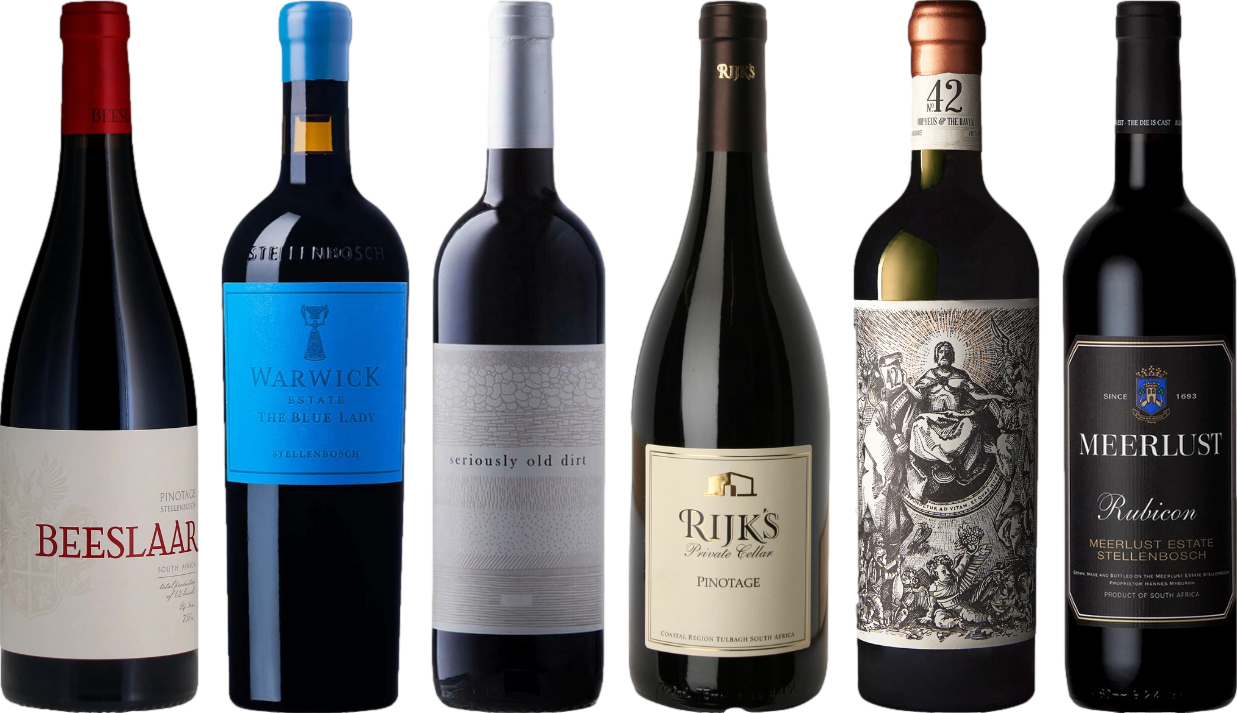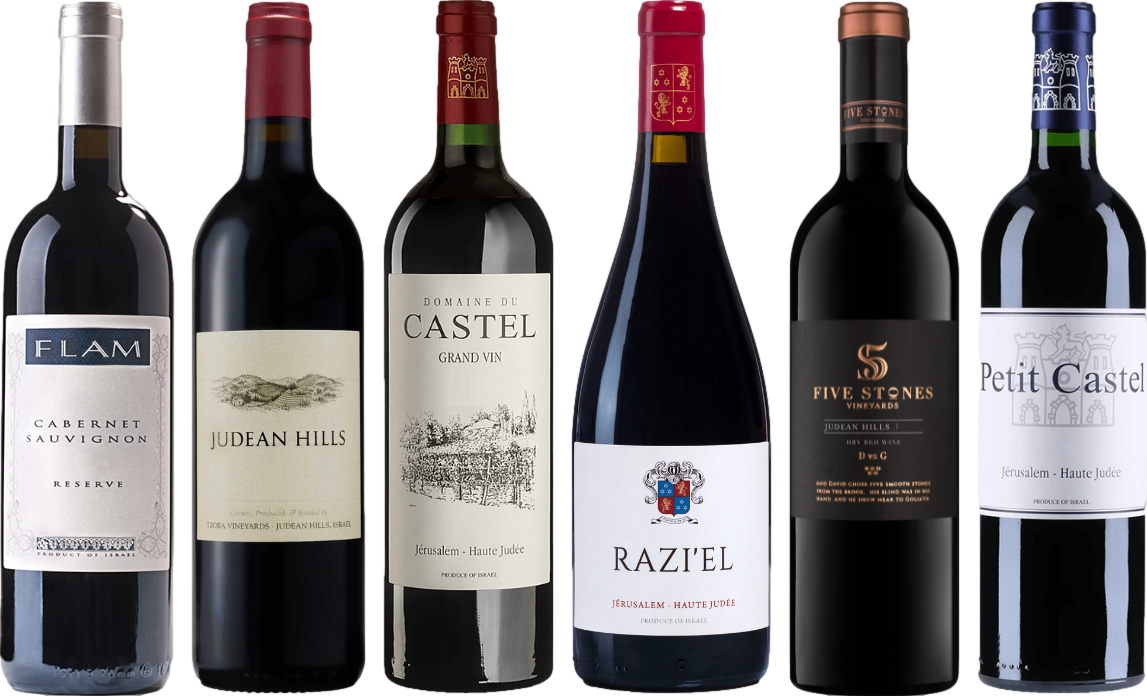



The average fluid ounce of a typical red varietal holds approximately 0.5 to 1.0 grams of residual sweetness. This level can fluctuate based on the specific type of grape and the winemaking techniques used. For example, Cabernet Sauvignon and Merlot often present a drier profile, while blends like Zinfandel may exhibit a slightly higher sweetness.
For those monitoring their carbohydrate intake, a standard 5-ounce serving may contain anywhere between 1 to 2.5 grams of carbohydrates derived from the residual sugars. It’s essential to check the specific bottle or consult with your retailer, as some producers may offer wines with a higher sugar content, particularly dessert styles or late-harvest options.
If you’re looking for lower-sweetness choices, consider exploring varietals labeled as “dry.” These selections emphasize the fruit’s natural acidity and tannins, resulting in a more balanced taste without excessive sweetness. Remember, pairing these selections with appropriate foods can enhance your overall experience while keeping your palate aligned with your preferences.
Understanding Sweetness Levels in Dark Varietals
Typically, dark varietals range from 0.1 to 1.0 grams per liter of residual sweetener. For instance, dry choices such as Cabernet Sauvignon and Merlot often have minimal levels, while certain blends may exhibit slightly higher amounts, depending on the winemaking process and grape ripeness. Recognizing these nuances can enhance your selection process.
Factors Influencing Sweetness
Several elements influence the sweetness profile of a dark wine. The type of grape used, the fermentation process, and even the climate of the vineyard play roles in sweetness perception. For example, grapes harvested later in the season often yield wines with elevated sweetness due to higher sugar concentrations in the fruit.
In addition, some winemakers may choose to stop fermentation early, resulting in a sweeter profile. It’s beneficial to inquire about the production methods when sampling different bottles. This knowledge can guide choices that align with personal preferences.
Pairing with Food
When considering food pairings, understanding the sweetness level is crucial. Dishes that complement these wines can enhance the tasting experience significantly. For instance, pairing a darker varietal with grilled meats or rich sauces can create a delightful balance. If you’re planning to enjoy a meal outdoors, consider the best solar generator for travel trailer for your culinary adventures.
Exploring the sweetness in dark wines opens up a world of flavors and pairings, making every sip memorable. Remember to savor the journey of discovery in each glass.
Understanding Sugar Content in Different Varieties of Red Wine
To accurately assess the sweetness levels in various types of dark grape beverages, one must consider the fermentation process and residual components. Most selections fall into a spectrum ranging from dry to sweet, influenced primarily by the grape variety and production techniques.
Common Varietals and Their Characteristics
For instance, Cabernet Sauvignon typically exhibits lower residual levels, generally around 0.1 to 0.3 grams per liter. In contrast, Merlot often retains higher amounts, sometimes reaching up to 1.5 grams per liter, depending on the winemaking approach.
Another notable example is Zinfandel, which can present a range of sweetness, from 0.5 to 1.0 grams per liter. This variability arises from both the ripeness of the grapes at harvest and the desired style chosen by the winemaker.
Regional Influences on Sweetness
Geography plays a significant role as well. For instance, wines from warmer climates, such as those produced in California, may have higher residual levels compared to those from cooler regions like Burgundy, where the focus is on acidity and balance. The terroir, including soil and climate, greatly impacts flavor profiles and sweetness.
Understanding these nuances allows enthusiasts to make informed choices and pairings, enhancing the overall tasting experience. For those seeking less sweetness, exploring varietals such as Pinot Noir or Syrah may be beneficial, as they generally feature lower residual levels while maintaining rich flavors.
In conclusion, familiarity with various grape types and their inherent characteristics aids in making selections that align with personal preferences, whether one favors a drier or sweeter profile.
Reading Labels for Residual Sweetness Insights
Focus on specific terms like “dry,” “off-dry,” or “sweet.” These classifications provide an initial understanding of a bottle’s profile. A “dry” label typically signifies minimal residual sweetness, while “off-dry” suggests a hint of sweetness. “Sweet” clearly indicates higher levels.
Examine the alcohol content. Wines with higher alcohol percentages, generally above 14%, often have lower residual levels, as fermentation converts more sugars into alcohol. Conversely, those below 13% may retain more natural sweetness.
Look for the term “residual sugar” on the back label. Some producers list the exact grams per liter. A figure below 5 g/L indicates a drier style, while 10 g/L or more suggests noticeable sweetness.
Consider the producer’s reputation and style. Some winemakers are known for crafting fruit-forward options with higher levels than others. Researching their philosophy can provide insights into what to expect.
Understand the grape variety. Certain types, like Zinfandel or Grenache, tend to be fruitier and may present a perception of sweetness, even if the actual residual content is low. On the contrary, varieties like Cabernet Sauvignon typically offer a drier experience.
Pay attention to vintage information. Warmer growing seasons often lead to riper grapes, which may result in higher sugar levels, impacting the overall taste profile.
Lastly, consult online resources or apps that track specific bottles and their characteristics. This can help you make more informed selections based on your preferences.
Comparing Sugar Levels in Dry vs. Sweet Red Wines
Opt for dry varieties if you seek lower residual levels. Typically, these wines contain between 0.1 to 1 gram per liter, making them suitable for those monitoring carbohydrate intake. Popular examples include Cabernet Sauvignon and Merlot, celebrated for their complexity without the sweetness.
Conversely, sweet selections can range significantly, from 5 to over 50 grams per liter. Varietals like Port or Lambrusco showcase pronounced sweetness, appealing to palates that enjoy rich, dessert-like profiles. Understanding these differences aids in making informed choices based on personal taste preferences.
Key Factors Influencing Sugar Content
Fermentation plays a crucial role. During this process, yeast converts grape sugars into alcohol. In dry wines, fermentation often finishes with minimal residual sweetness. In contrast, sweet styles may halt fermentation early, preserving higher sugar levels. Additionally, grape variety affects flavor and sweetness perception, influencing the overall experience.
Practical Recommendations
When selecting a bottle, assess the label for terms like “dry,” “off-dry,” or “sweet.” Familiarize yourself with regions known for specific styles. For instance, wines from regions like Tuscany often produce drier options, while those from the Douro Valley are more likely to be sweet. By leveraging this knowledge, you can enhance your enjoyment and selection process.
Impact of Sweetness on Flavor Profile and Health Aspects
Monitoring the level of sweetness in fermented beverages significantly influences your experience. A higher presence of residual fructose can soften tannins, creating a smoother mouthfeel and enhancing the overall flavor. This is particularly evident in varietals like Zinfandel and Merlot, where a touch of sweetness can elevate fruit-forward characteristics, making the drink more approachable.
Flavor Complexity
When assessing a bottle, consider how sweetness interacts with acidity and tannins. A well-balanced blend can make a drink feel rich and full, while excessive sweetness may mask the complexities of the terroir. For instance, a Cabernet Sauvignon with a moderate sweetness can highlight notes of blackcurrant and plum, whereas an overly sweet version may taste one-dimensional.
Health Implications
From a health perspective, the implications of sweetness in your choice can vary. Moderate intake of lighter-bodied options may provide antioxidants, which are known for their health benefits. However, opting for sweeter choices too frequently can lead to higher calorie consumption and potential metabolic concerns. As always, moderation is key. Choose varieties rich in flavor without excessive sweetness to enjoy both taste and health benefits.
Recommendations for Sugar Intake from Red Wine
Limit daily consumption of fermented grape beverages to one glass for women and two for men, focusing on varieties with lower residual sweetness. Aim for selections with 1-2 grams of natural sweetness per serving to maintain balance in your diet.
Choosing Wisely
- Opt for dry styles, which generally feature less residual sweetness.
- Explore varietals like Cabernet Sauvignon or Pinot Noir, known for their restrained natural sugars.
- Consider the serving size; a standard pour of 5 ounces is ideal for moderation.
Pairing Practices
- Accompany meals rich in protein or fiber to mitigate sweetness perception.
- Incorporate acidic foods, such as tomatoes or citrus, to balance flavors.
- Experiment with pairing beverages alongside dark chocolate for a pleasing contrast.
Monitoring your intake of residual sweetness can enhance the enjoyment of your chosen varietals while supporting health goals. Engage in tastings with diverse styles to refine your palate and preferences.
FAQ:
How much sugar is typically found in red wine?
The sugar content in red wine can vary significantly based on the type of wine and its production method. Generally, most dry red wines contain between 0.1 to 0.3 grams of sugar per liter, while sweeter varieties can have anywhere from 5 to 20 grams of sugar per liter. It’s important to check the wine label or consult the producer for specific information.
Are there differences in sugar content among various red wine types?
Yes, different types of red wine can have varying sugar levels. For instance, Cabernet Sauvignon and Merlot are usually on the dryer side with lower sugar content, while wines like Zinfandel or Lambrusco may contain more residual sugar, making them sweeter. Additionally, dessert red wines, such as Port, can have significantly higher sugar levels due to the fermentation process being halted early, leaving unfermented sugars in the wine.
How does the fermentation process affect sugar levels in red wine?
The fermentation process plays a crucial role in determining the sugar content of red wine. During fermentation, yeast converts sugars found in grape juice into alcohol. If the fermentation is allowed to complete, the sugar content will be low, resulting in a dry wine. However, if fermentation is stopped early, residual sugars remain, leading to a sweeter wine. Winemakers can control this process to achieve the desired sweetness level in the final product.
Is it safe to consume red wine if I am monitoring my sugar intake?
For individuals monitoring their sugar intake, moderate consumption of dry red wine is generally considered safe, as these wines typically contain low sugar levels. However, those who need to be particularly cautious, such as diabetics, should consult with a healthcare professional. It’s also advisable to read labels for specific sugar content and to be aware of sweeter wine options that could affect overall sugar consumption.
What are the health implications of sugar in red wine?
Consuming red wine in moderation can offer some health benefits due to its antioxidants, but the sugar content can influence these benefits. High sugar intake can contribute to weight gain and other health issues, so it’s wise to choose dry red wines with lower sugar content for a healthier option. Moderation remains key, and being aware of sugar levels can help individuals make informed choices about their wine consumption.









